Your heart races in a moment of despair, as your airplane descends from the sky. Defying the odds, you survive the crash and the fear you once had transforms itself in curiosity, as a lighthouse invites you in. As you step inside, your footsteps echo through the room and the door behind you shuts for good. There is only a single path to follow. The only way to go is down. What will happen next will forever dwell in your memory. Welcome to Rapture.
Developed by 2K and Irrational Games, BioShock is the spiritual successor of System Shock 2 and received praise from critics and players upon release in 2007. With a score of 9.6/10 on Metacritic (PC version), the franchise received another entry in 2010, but it swam in familiar waters, as the setting of the sequel remained the city of Rapture. In 2013, the series gave its farewells to the underwater dystopian society, as it flew above the clouds to present players to the city of Columbia, the locale of BioShock Infinite.
The third installment of series allows the player to live the role of Booker DeWitt, a former soldier who receives the task of traveling to a floating city in the sky, in order to rescue Elizabeth, a girl who spent her entire life imprisoned in a tower. With a peculiar premise, the game divided the waters of the gaming community.
A portion of the players claimed it was not a masterpiece, as critics were preaching. The gameplay mechanics presented therein followed the core design used in the first entry of the franchise, but the team at Irrational Games made sure to alter the old formula.
Not every change was positive; however. This article details how BioShock surpassed Infinite in one aspect, combat, and how developers could have implemented the lessons learned from the first installment of the series in the third one, in order to create a more compelling experience.
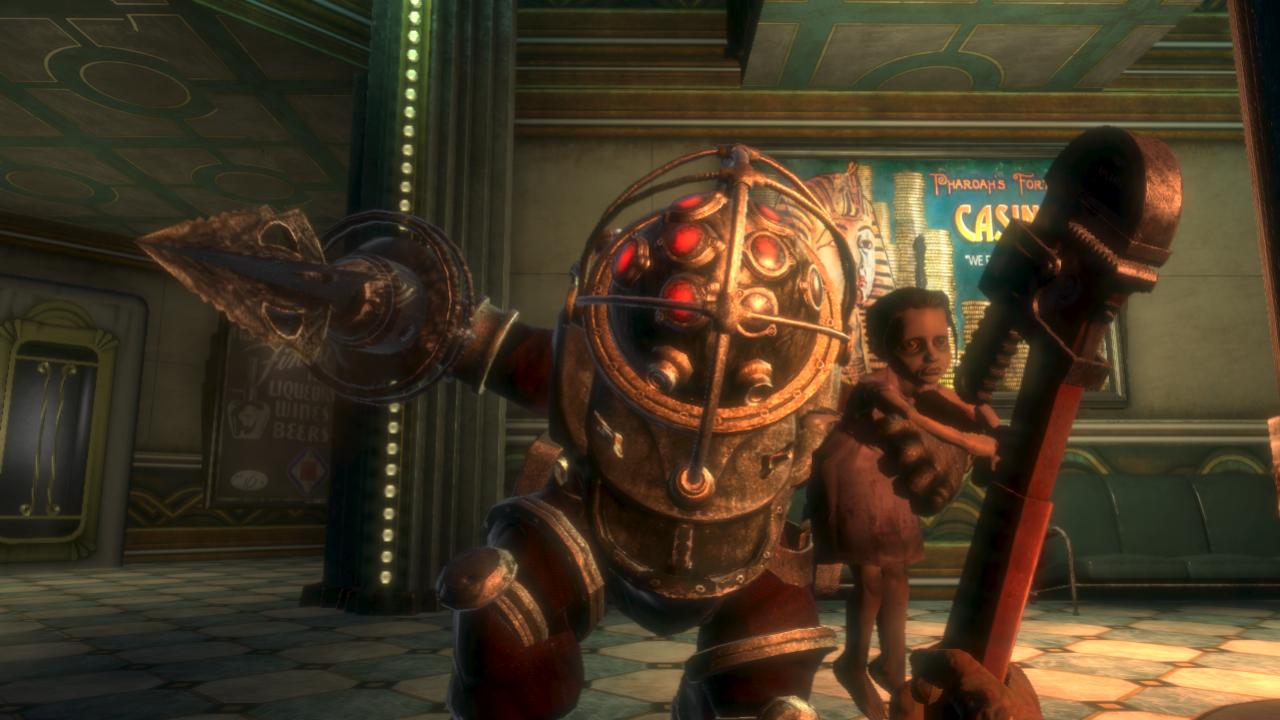
“Human” enemies:
In BioShock, players fought mutated human beings, known as Splicers. In appearance, they resembled zombies. In Infinite; on the other hand, the player faced soldiers, who were mundane in their looks. The enemies in the former; however, felt more human than those from latter. In several occasions throughout the experience of BioShock, the game presented players with the opportunity of observing the enemies from a distance.
Through actions and dialogues, players could get a glimpse on their stories and personalities, thus adding depth to their characters and to the universe of the game. This humanized feel made the enemies seem as real people, as opposed to simple shooting targets. By killing them, players felt they were reaping a life.
The best example of this technique in action is the Big Daddy. It looks as a monster, yet players can easily create an emotional bond with them, because it will not attack unless attacked first. This gives to the audience the opportunity to simply follow and observe its relationship with the Little Sister. What they do and the sounds they produce, communicate plenty about who they are and what their personality is.
This element is rarely present in Infinite, which leads to the notion that the foes are nothing but lifeless bots, with the sole purpose of serving as a statistic of how many soldiers the player murdered throughout the game. Ideally, the game should allow for stealth gameplay mechanics, in order to permit the player to eavesdrop on conversations and witness the activities of the enemies.
The more the player knows about the enemies, the better, for this will allow them to have a deeper emotional connection with them, thus making combat more meaningful and improving the overall experience by creating a deeper universe, populated by real people, as seen in BioShock. There are other methods to achieve this objective and they work in conjunction, as the next topic explains.
Character design:
What you wear communicates a lot about who you are. This principle holds true whether the subject is a real person, or a fictional character. Foes in BioShock wear a vast variety of outfits and each one tells a bit, regarding who that person once was, prior to the events of the game. In BioShock this principles serves the purpose of reinforcing the notion that the enemies are real people, with lives that went wrong.
In Infinite; however, the majority of enemies are soldiers, who wear uniforms. Their standardized appearance works against the overall experience, because it makes them feel as lifeless characters; bots that only exist for the player to slaughter, one by one.
In order to avoid the said scenario, developers could have changed the main enemy of the game. Considering that the inhabitants of the city perceived Booker DeWitt, the protagonist, as the “False Shepard”, the development team could have added them as the primary enemies, who would do anything within their grasps to drive away the “demon” and protect their city. This would add variation in clothing, which would make the enemies more human and, as previously stated herein, add depth to the experience.
Less is more:
Through the two techniques presented herein, BioShock created unique enemies, who engaged the players in memorable fights. Each time players entered a battle was an event unto itself and they rarely encountered more than one enemy at once. This allowed the game to implement its vision of communicating to the audience that the citizens of Rapture are people as well. With few enemies on screen at the same time, it is possible for the player to listen and observe them; which would be impossible if dozens of enemies populated the area.
In Infinite, on the other hand, enemies may appear by the dozens, which makes it impossible for the player to get an insight on who they are. Without this contextualization, the human aspect is lost, thus making fighting them a less appealing task. While BioShock emphasizes the importance of the battles by means of their scarcity, in Infinite, combat occurred often, thus making it lose its significance, due to repetition. As the saying goes “if everything is highlighted, then nothing is.” This is not to say that in order to make defeating foes a more appealing task, all developers need to do is reduce the number of fights.
This approach worked in BioShock due to the number of areas the player could explore apart from the main course of action of the story. This gives to players an interesting thing to do while not in combat, whereas in Infinite, the lack of locations for the audience to dive into, in order to uncover details of the city, did not give much for the player to do asides from proceeding with the story and fighting with enemies.
With this said, in order to create a more meaningful combat experience in BioShock Infinite, the developers could have reduced the number of fights and enemies, whilst expanding the map of the game, in order to incentivize exploration. There is; however, another element from BioShock that would need to be implemented, in order to make this approach work.
Level design:
Another factor from BioShock that made its combat experience compelling was the element of mystery. The close-quarters nature of the city of Rapture made it impossible for players to know what awaited for them in the very next corner. There could be another enemy or perhaps just another empty hallway, but the player would never know until getting there.
Through the audio design, this led to several heart-racing moments, for players tended to expect the worst. In Infinite, due to the outdoors nature of the city of Columbia, the element of mystery was lost, as players had an ample field of view.
To implement the element of mystery in Infinite, this concept would need to be adapted, due to the divergence between Rapture and Columbia. The previous being a narrow set of corridors, while the latter is an outdoor environment.
With this said, level designers could have used the buildings from the floating utopia to deliver the “fear of the unknown” element in Infinite, by placing enemies inside them, that would shoot the player through the windows. This scenario gives to the Artificial Intelligence of the game the possibility of engaging the players in ambushes, as there would be no way for the audience to tell whether a building is occupied by bloodthirsty soldiers.
This suggestion would also increase the options of the enemies to get to cover from the player’s fire, thus making combat harder and forcing players to spend more time to defeat an enemy, which would, in turn, help to lessen the number of enemies in each combat sequence. Creating; therefore, a more meaningful combat experience.
Conclusion:
I praise the developers of BioShock for developing a new approach, rather than sticking with their original formula. While I regard Infinite as one of the best games I have ever played, I cannot be delusional. There are aspects in it that could have been better. Combat was one of them.
The objective of this article was to show how the techniques used in the original title could have improved Infinite if developers had implemented them therein.
Which elements from BioShock do you think should have been carried over to Infinite? Let us know in the comments!

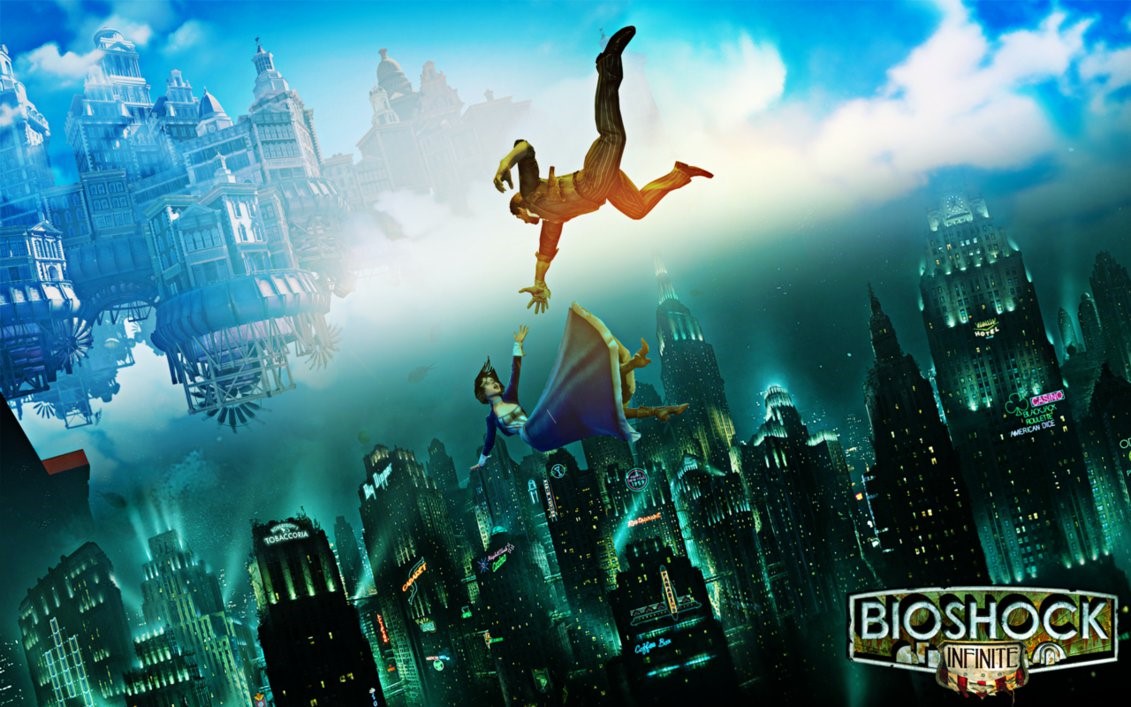
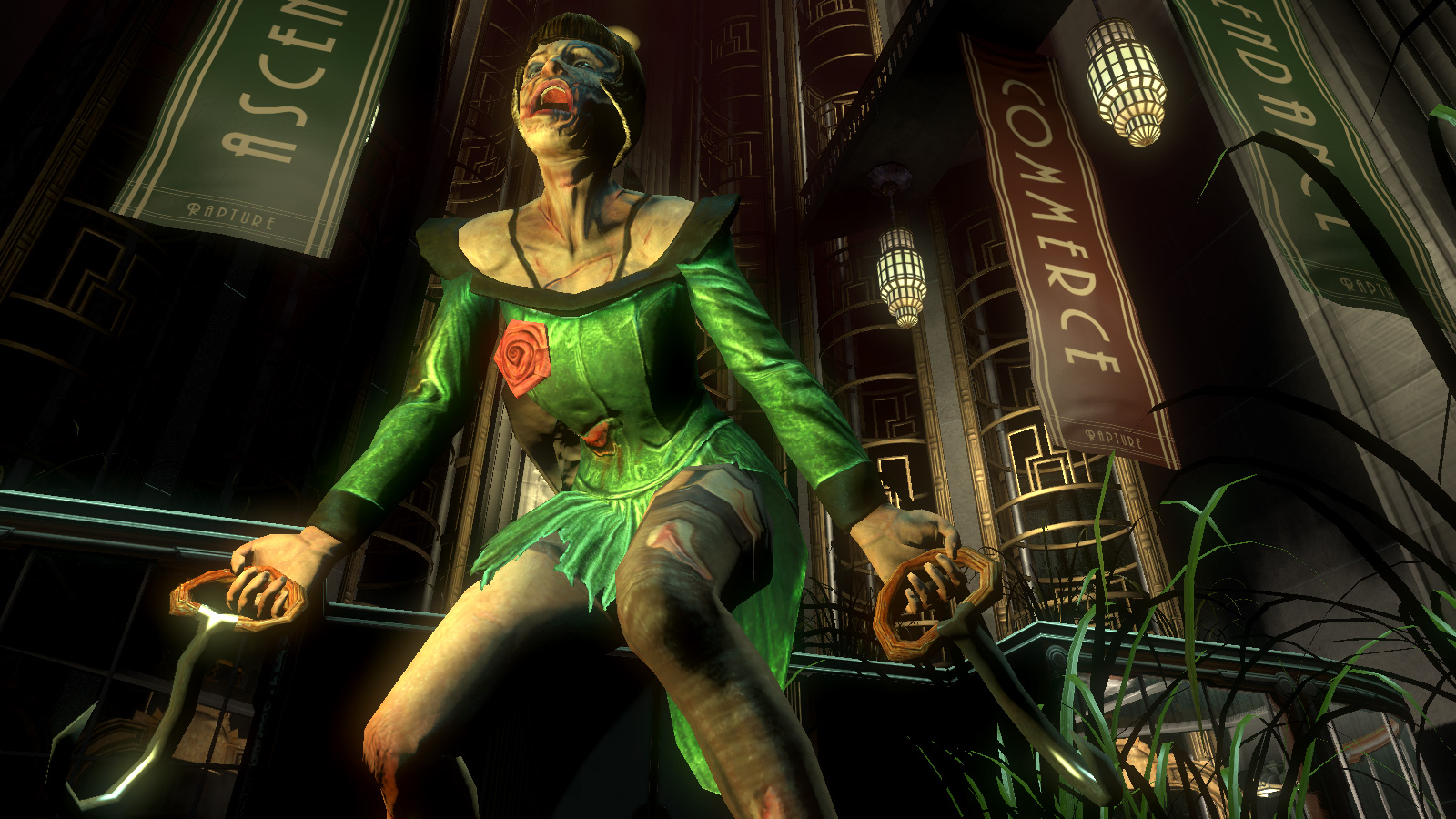
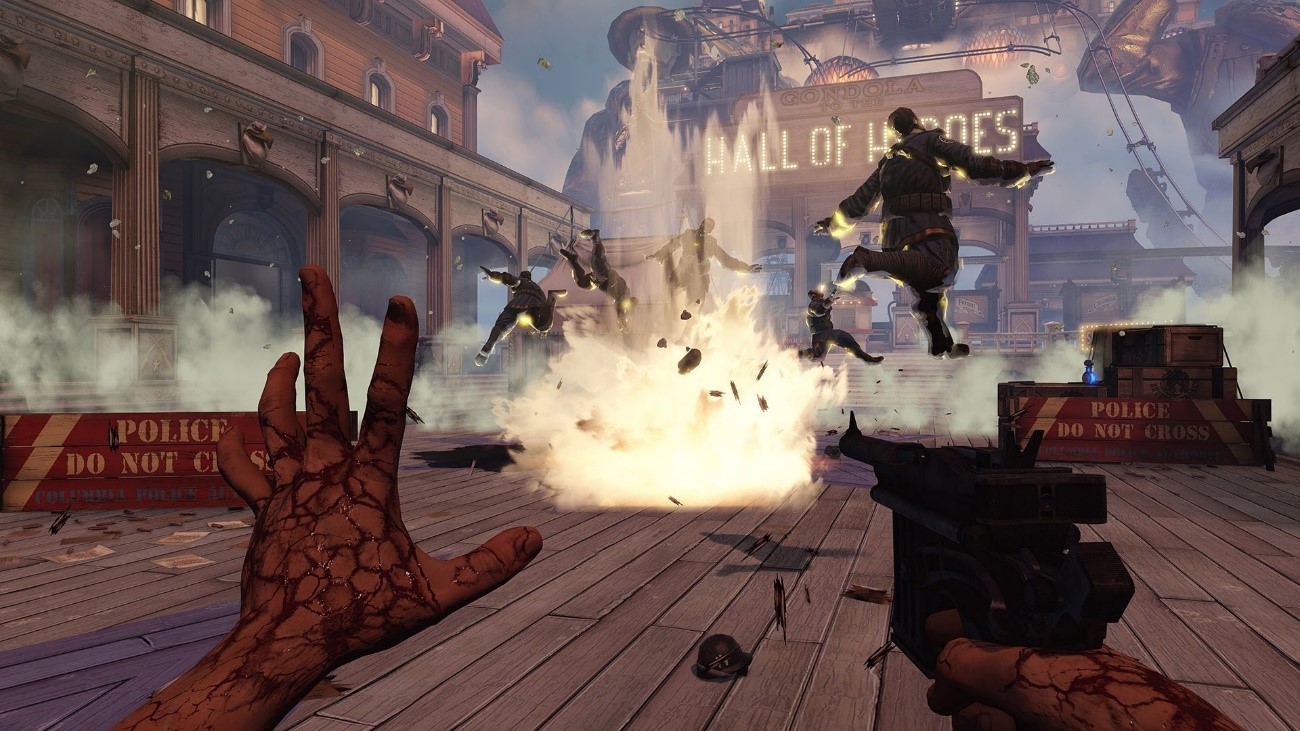
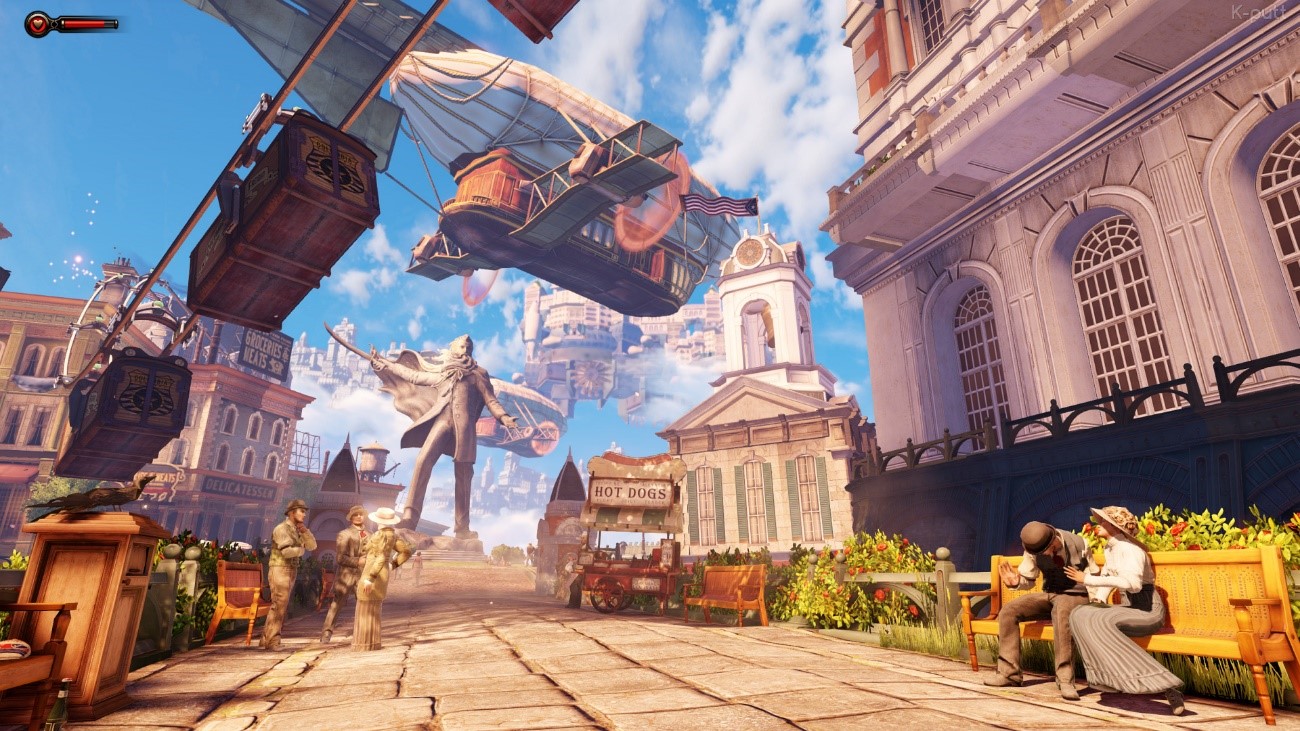
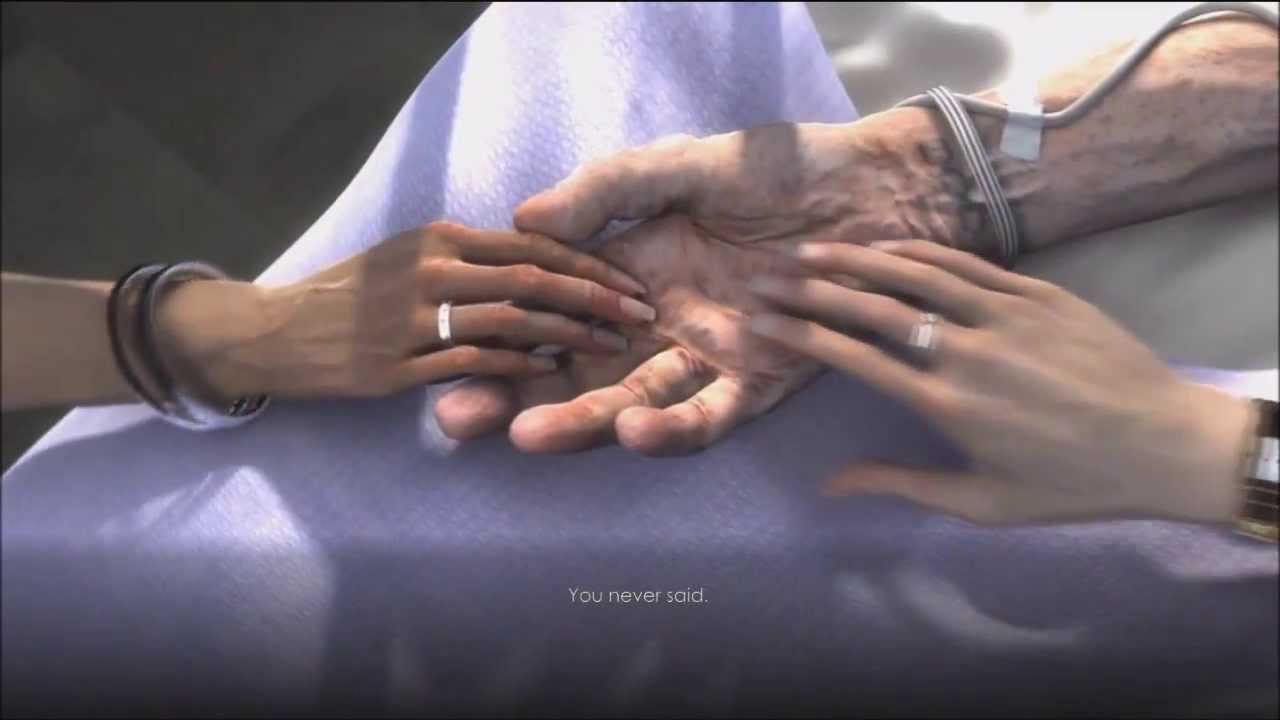





Published: Nov 6, 2016 02:22 am